This week we studied Water!
Unit 10 of My Father's World Kindergarten
Printables pictured are from MFW unless otherwise mentioned.
Theme:
Water
Words to Remember:
Jesus gives my spirit living water to drink.
You can read about our curriculum choice and organization HERE.
.jpg)
Going into the water unit I was not enthused. We love water play and exploration, but I honestly thought this would be a unit we buzzed right through. I could not have been more wrong! Ww - Water has been one of my favorite units of the entire My Father's World K curriculum. (Water was unit 10. We are currently on unit 20.) I received JZ's curriculum for next year, and I was so excited to see that we will be doing more experiments with water.
This post includes affiliate links. You can read my full disclosure policy HERE.
.jpg)
We did more than just experiment with water this unit, but the experiments were by far the highlights. First up we took a look at the three forms of water: liquid, solid and gas.
I filled several different shaped containers with water and had JZ study them and make observations. He learned that water changes shape according to the container it is in. He touched it and observed how it felt on his fingers.
We froze one of the containers of water, so JZ could explore water as a solid the next day. We talked about the temperature, texture, and solid feel of the ice.
Finally, we explored water as a gas. I put one cup of water in a saucepan on the stove and turned the burner to high. Please note JZ cooks with me often and knows the proper safety precautions to use around the stove. I never left him unattended while the water was boiling.
He was very excited to see the water turn to steam. He learned that steam is the vapor which water is converted to when heated, forming a white mist of minute water droplets in the air.
After watching the steam for awhile we turned off the stove and poured the water into a measuring cup to see how much water had evaporated. Less than a half a cup remained! I snuck in a math lesson with the steam demonstration.
JZ drew pictures of water in its three forms.
After looking at the three forms of water we did another experiment to learn about evaporation. We filled two vases with water and marked the water level with tape. I covered one vase with saran wrap and secured it with a rubber band. Then I set both vases in our windowsill. JZ and I observed them every day. The photo on the right shows the water levels after about two weeks.
One day I set up an invitation to mix and dissolve, so JZ could learn what dissolves into water and what doesn't.
Supplies:
- vases (or any containers)
- food coloring
- oil (we used olive oil, but any oil will do)
- salt
- spatula or spoon to stir
JZ added blue food coloring to one vase of water and yellow to another.
JZ poured olive oil into a third vase. He noted that the oil did not mix with the water but instead settled on top. I gave him a spatula to try mixing the oil into the water to see if it would dissolve, but of course it separated again.
He poured salt into the fourth vase of water and watched it dissolved, turning the water a cloudy white.
JZ returned his attention to the colored vases and combined the two.
.JPG)
I chose blue and yellow food coloring on purpose, because I knew combining the colors would result in a lovely shade.
He wanted to try adding oil to the green water to see what would happen. He predicted that the oil would separate from the green water, and he was right.
JZ wanted to continue mixing and exploring, so I set him up with more containers and a few eye droppers.
To go along with our water study we explored art with watercolors.
Supplies:
.jpg)
JZ used crayons to draw an ocean themed scene. I instructed him not to use blue crayons for anything.
Then he painted the entire paper with blue watercolor paint.
He squealed with delight as each color popped from underneath the blue.
"Under the Sea"
One day we left cups of water out overnight. Each cup had something in the water. We made predictions about what would happen to the items we left soaking in the water.
Supplies:
- apple
- rice
- coconut flakes
- pennies
- buttons
- chia seeds
JZ predicted that the grains would expand a bit which they did. He knew the pennies and buttons would remain the same. He didn't know that an apple would swell and get mushy when left in water.
We read the book The Story about Ping and learned about ducks.
Supplies:
To demonstrate how ducks stay dry in the water I cut two strips of yellow cardstock. JZ covered one strip with olive oil.
JZ was amazed to see that the oil covered strip didn't absorb any water. The water drops rolled off of the oil. Ducks have an oil gland near their tails and spread the oil over their feathers regularly through a process called preening. The water can't get through the top layer of oil covered feathers, so the rest of their bodies stay warm.
We did this last fall. Recently Royal Baloo posted about The Story about Ping. I love how she did this experiment! When I do MFW kindergarten with J-Bug I will definitely be using her activity.
We read Make Way for Ducklings. JZ made a small book and drew illustrations from the book then retold the story in his own words and had me write them in the bottom of his book.
We took a trip to a local park to feed ducks.
One of the highlights from All About Reading for the week was playing letter sound bingo with cheerios as markers. I am so proud of JZ's progress in reading, and I am very pleased that we chose AAR.
A few of our favorite books from the unit:
I Get Wet was JZ's favorite. As we read we did the experiments suggested in the book.
I turned the bathroom faucet on to a slow drip, so JZ could see how water sticks to itself. Once enough water accumulates it drips, because it becomes too heavy to stick.
I filled a vase halfway with water and gave JZ a strip of paper towel. He dipped it in the vase and watched the water absorb and "travel" up through the towel.
Next I gave JZ a piece of wax paper to put under the faucet. He turned the water on and let it wet the wax paper. Then he picked up the wax paper and watched the water roll off without absorbing. The wax paper felt dry to the touch.
We repeated this experiment with a piece of paper. The paper soaked up the water and tore apart easily.
For a fun art project involving water I drew an umbrella on a piece of yellow cardstock. JZ painted the surface of the umbrella with water. Then he used a pipette to drop liquid watercolors onto the umbrella to create colorful raindrops. Food coloring in water could be substituted for the liquid watercolors.
Supplies:
- liquid watercolors (or food coloring)
- paint brush
- cardstock
- pipette
More kindergarten ideas:
For more ideas follow my Kindergarten board on Pinterest.


.jpg)
.JPG)
.JPG)
.JPG)
.JPG)
.JPG)
.jpg)
.jpg)
.JPG)
.JPG)
.JPG)
.jpg)
.jpg)
.jpg)
.jpg)
.JPG)
.jpg)
.JPG)
.jpg)
.JPG)
.JPG)
.jpg)
.JPG)
.JPG)
.JPG)
.jpg)
.jpg)

.jpg)







.JPG)
.JPG)
.jpg)
.jpg)
.jpg)
.jpg)












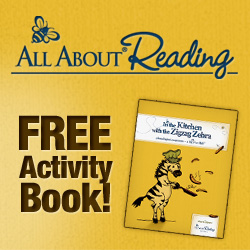
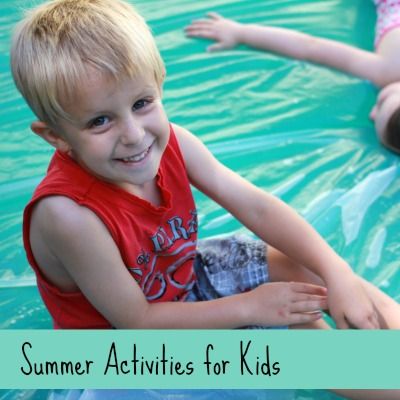
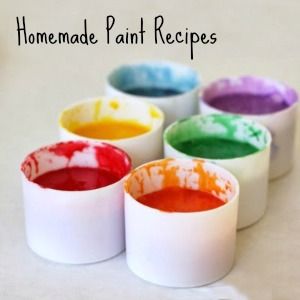
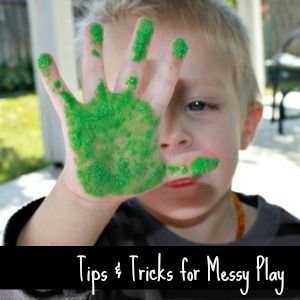
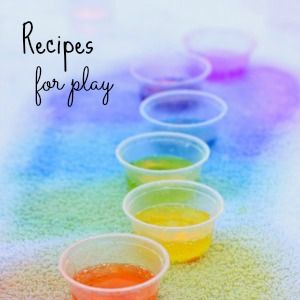
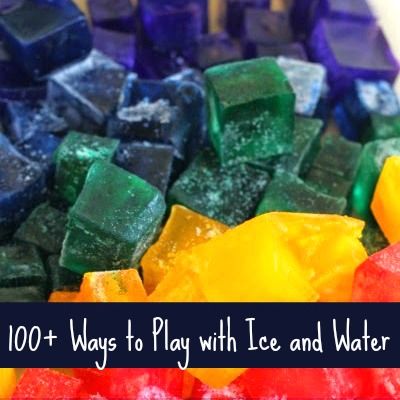
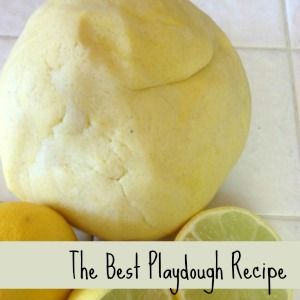
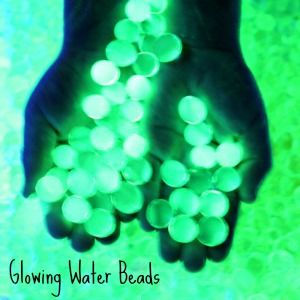
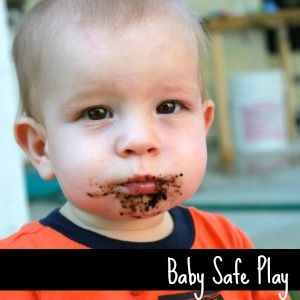


What wonderful timing. We are just starting the Oo:Octopus unit, so we will be doing Ww: Water next. Thanks for sharing.
ReplyDeleteHi,
ReplyDeleteI was wondering if you would allow me to share your How Does a Duck Stay Dry and a photo from the lesson on my blog.
I Dream of First Grade
I would credit you and have a link back to your blog.
I always like to ask! This is such an easy but great way to integrate science.
Thanks and I following you :)
Sarah
idreamoffirstgrade@aol.com
These are great experiments. I think I will incorporate some of them for our summer fun learning. Thanks for sharing at Creative Learning.
ReplyDeleteWow!!! Great stuff - I love the pictures. How fun to actually go see the ducks at a pond :)
ReplyDeleteI love that book "I Get Wet!" Thanks for sharing at The Children's Bookshelf!
ReplyDeleteWonderful experiments! I love the duck one - we're going to try that this week before we visit our local ducks at the pond.
ReplyDelete
ReplyDeleteDucks Don't Get Wet by Augusta Golding and and Yasmin's Ducks by Barbara Bottner are other great books to go with this duck study.
Yasmin's Ducks by Barbara Bottner and Ducks Don't Get Wet by Augusta Goldin are great books for this duck/water study.
ReplyDeleteThanks so much for linking up - sharing your post this week. :)
ReplyDeleteNot gonna lie, I teach 5th grade and I'm so using some of these in my classroom this year! Clearly a few years late to the party, but Pinterest brought me here :)
ReplyDelete